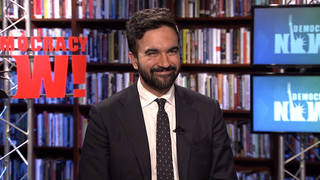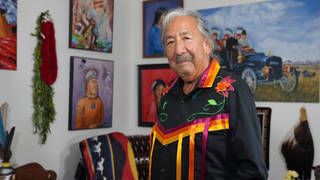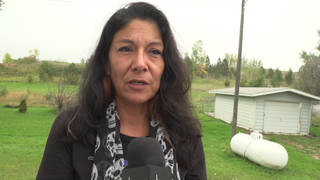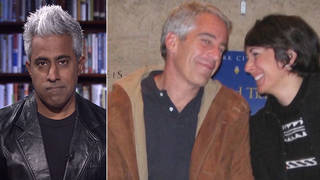
Nepalese newspapers for the first time published accounts of the massacre of almost the entire royal family, and named the late Crown Prince Dipendra, the king’s son, as the killer.
The account comes from Dipendra’s uncle, who was not present at the killings. But he says he has spent the last five days interviewing survivors in the military hospital, which is closed to the public and the press. From those interviews, he says that the king had sent a drunk Dipendra upstairs to his room in disgrace; Dipendra reappeared at the top of the stairs in army fatigues and armed heavily. He walked downstairs, shot his father dead, then sprayed the room with bullets.
Yesterday, a survivor of the massacre gave the first witness’s account at a news conference. But the New York Times is reporting that most people in the capital “seemed to regard the latest news as just the latest slander.”
Meanwhile, a government minister today denied accusations that Nepal was muzzling press freedom following the arrest of the editor and two directors of Nepal’s top newspaper. But he said that authorities could not tolerate articles urging insurrection. He said, “We’re just trying to restrain the activities of the people handling the press.”
The arrests marked the first time employees of a leading mainstream newspaper had been held since Nepal ushered in multi-party parliamentary democracy 11 years ago.
They came after the paper published an article on its opinion page by a Maoist rebel leader, who criticized the newly crowned King Gyanendra and alleged the palace bloodbath was a conspiracy. The article urged the army to stop protecting the monarch and side with the people.
Guest:
- Barbara Adams, political journalist who has lived and worked in Nepal for 40 years.











Media Options